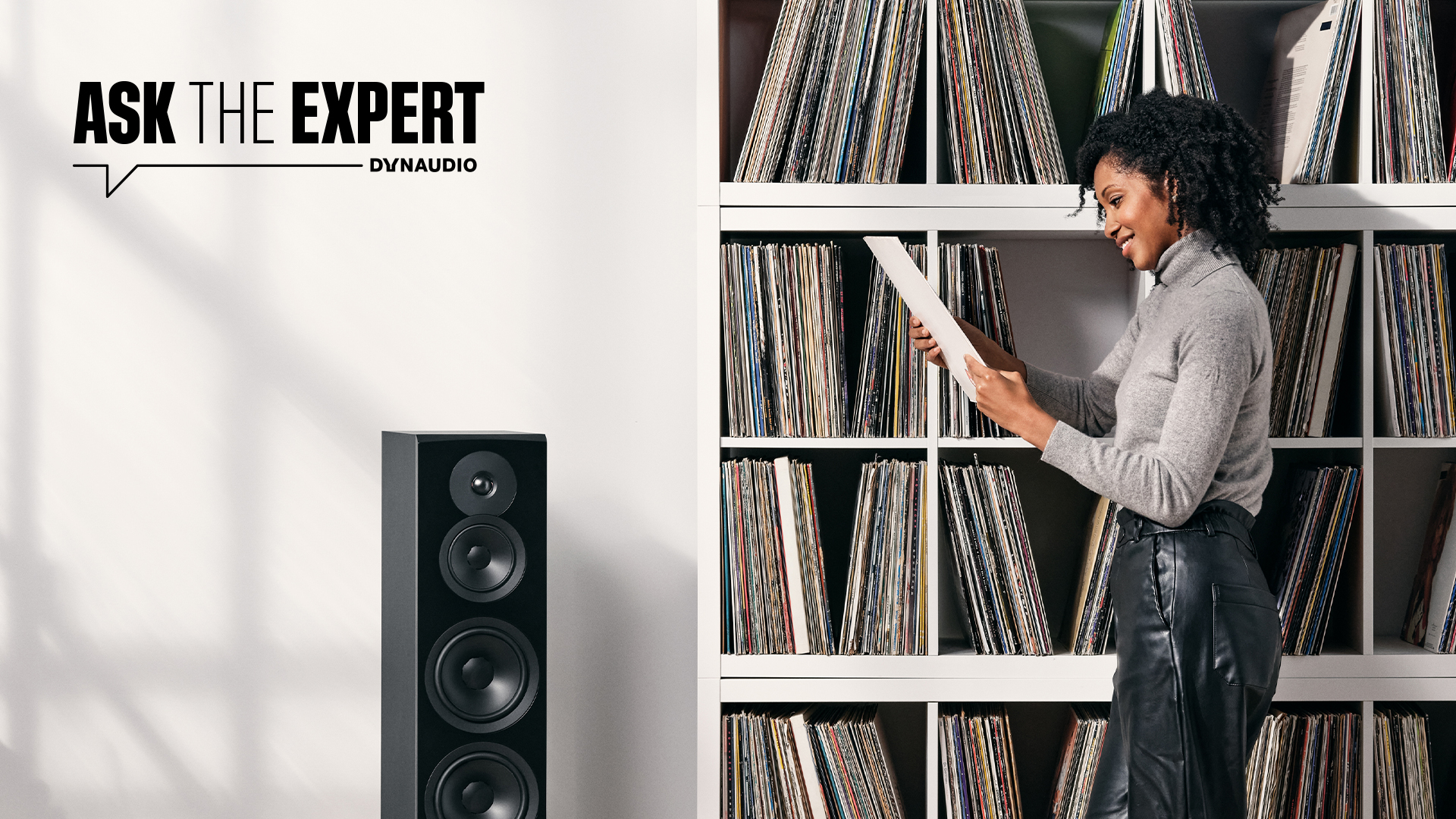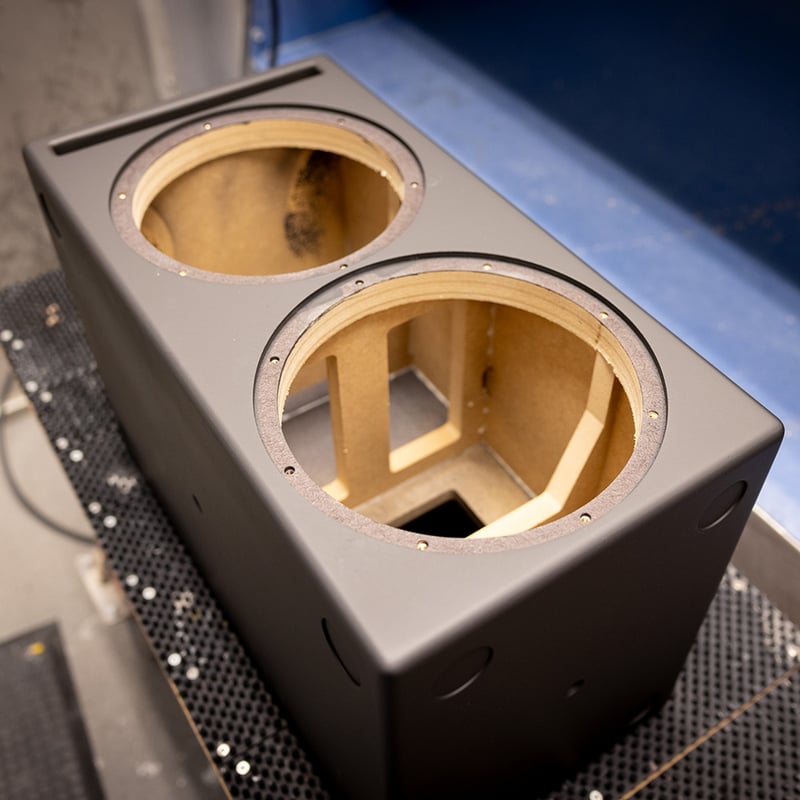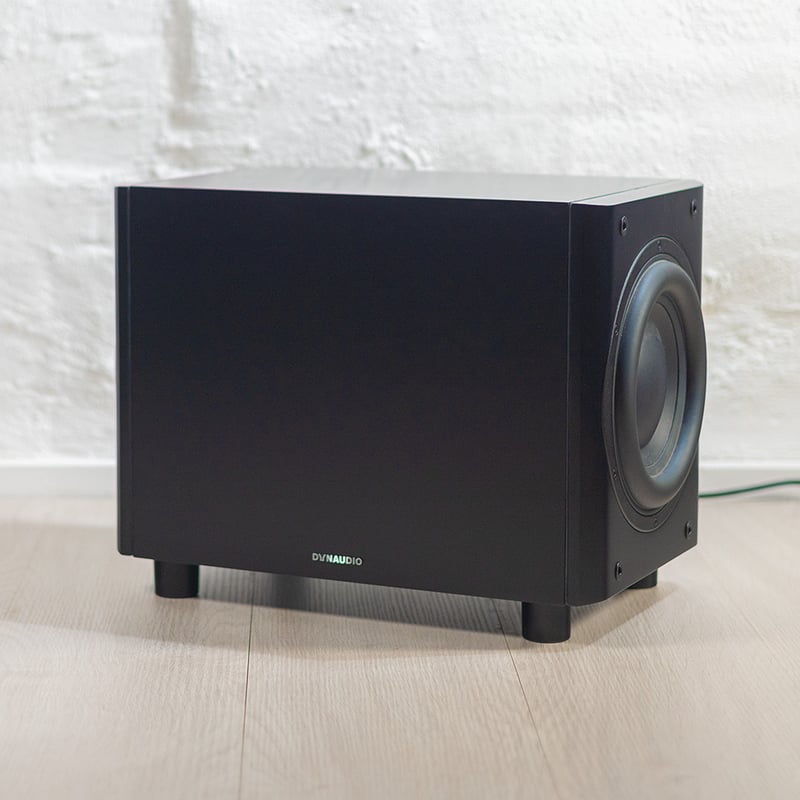Bass ports. What do they do? How do they work? How should I use mine? On this episode of Ask The Expert we're going to explain how and when you should plug your speaker's bass port.
Don't forget to help fill up our stock of loudspeaker-related questions – many of which we will feature on a future episode of Ask The Expert – by filling in the form at the bottom of this page "Send us your questions."
When should I use the included bass port plugs and why? What are the advantages of this?
With every Dynaudio speaker that has a port, we include a foam plug that you can put into the port to close it. Let's talk about why we include this port plugs.
To start with, when you place a speaker close to a wall you get a more boomy – an by extension undesirable – bass. In some cases you would like to or are forced to have the speaker close to the wall, and in this case you can close the port with the plug, which will subsequently decrease the amount of bass coming out of the loudspeaker, resulting in a "cleaner" bass performance.
You also might like to use the port plug if you have your speaker in a bookshelf, where the back of the speaker is partially blocked off by books and other things on the shelf. In this case you should almost definitely us the port plug since it is almost certainly going to sound better than having a port that is halfway sealed.
Another interesting for plugging the bass port is if you’re using a subwoofer – especially if you have an AV receiver and you’re doing a crossover between a subwoofer and a loudspeaker. If you plug the port and effectively make your speaker a sealed box speaker, the sound rolls off more gradually, creating a simpler phase response which is easier to integrate with the subwoofer.
The phase relationship between the speaker and the subwoofer really determines how well these two elements blend together, so if you want an easier integration with the subwoofer, start by plugging the port. Since you'd be using a subwoofer in this scenario, you don't need the bass output from the speaker anyway and, by making the sound from the speakers smoother, you will end up with a better overall result.
How does the port function, and why is it there?
In simple terms, the port adds extra output below the response of the woofer itself. Typically, the response of the woofer goes lower and lower in frequency and, at some point, it starts to roll off and is not able to play frequencies below its own response. When we build a bass port into a speaker cabinet we're essentially putting an organ pipe in there. An organ pipe generates its specific frequency based on its diameter and length. (Another metaphor would be blowing into a water bottle to generate a note – the note will differ depending on the length and diameter of the bottle.)
In the same way as an organ pipe, we can tune a bass port to a specific frequency by altering its diameter and length, and we typically aim to tune it to produce a frequency just below where the woofer itself rolls off. By doing this, the port actually helps the woofer to gain some output at the frequencies where it's not so efficient itself and, combined with the woofer, can extend the bass response into even lower frequencies.
Using a bass port means that you are also utilising the sound from the back of the woofer as well as the front and – in combination with the tuning of the port – this extends the bass into even lower frequencies.
A bass port could also be designed to extend output in certain frequencies, but generally speaking you would design a bass port to give a flat response in as low a frequency as possible, making for the most efficient speaker possible.
Just to reiterate, depending on where you place the speakers in room, and depending on whether you are using a subwoofer or not, there may be different results that you are looking to achieve with your loudspeakers, and in these cases it can be beneficial to plug the port.
Send us your questions
Don't forget to submit your questions to our experts via the form below – they might just get featured in a future episode of Ask The Expert!







